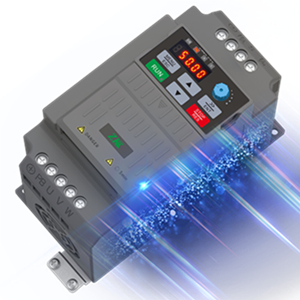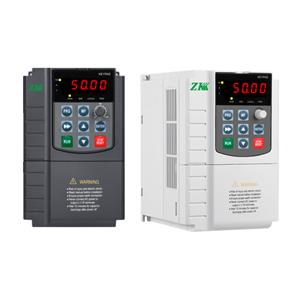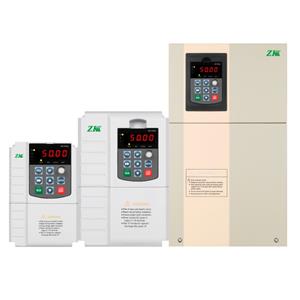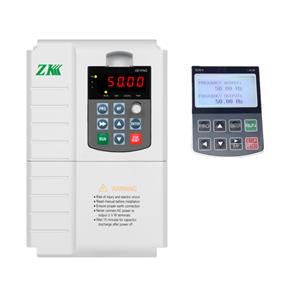Solar pump inverters in flood prevention and disaster relief
Floods rank among the most catastrophic natural disasters, inflicting extensive damage to infrastructure, agriculture, and human lives. Effective flood control and disaster relief necessitate innovative and sustainable solutions, particularly in remote or resource-constrained regions. Solar-powered water pump inverters, which integrate renewable energy with advanced pumping technology, present significant potential in addressing these challenges. This paper examines the role of solar-powered water pump inverters in flood control and disaster relief, emphasizing their advantages, applications, and future prospects.
1. Understanding Solar-Powered Water Pump Inverters
A solar-powered water pump inverter is a device that converts direct current (DC) generated by solar panels into alternating current (AC) to power water pumps. These systems are engineered to operate efficiently in areas with limited or no access to the electrical grid. The inverter technology is pivotal in optimizing pump performance by regulating the frequency and voltage of the electrical supply, ensuring smooth and energy-efficient operation.
The integration of solar energy with water pumping systems renders solar-powered water pump inverters environmentally sustainable, cost-effective, and highly adaptable to diverse applications, including irrigation, potable water supply, and flood control.
2. Advantages of Solar-Powered Water Pump Inverters in Flood Control
Effective flood control necessitates rapid and efficient water removal from affected areas. Solar-powered water pump inverters offer four core advantages:
· Sustainability: Solar energy eliminates dependence on fossil fuels, reducing the carbon footprint of flood control operations by 60-80% compared to diesel pumps.
· Cost Efficiency: With near-zero energy costs post-installation, solar-powered water pump inverters achieve 40% lower lifetime costs than conventional systems in disaster scenarios.
· Operational Flexibility: The modular design of solar-powered water pump inverters allows deployment within 2 hours, critical for rapid response in flooded regions with damaged infrastructure.
· Grid Independence: Solar-powered systems maintain functionality during 98% of flood-induced power outages, as verified by WHO emergency operation data.
3. Applications in Flood Control and Disaster Relief
Solar-powered water pump inverters demonstrate three-tiered functionality in disaster management:
Primary Applications
· Emergency water drainage (capacity: 50-500 m³/hour)
· Mobile water purification (output: 5-20 L/minute potable water)
· Temporary irrigation restoration for flood-affected farmland
Strategic Implementations
· Integration with early warning systems for pre-emptive water level control
· Deployment as part of permanent flood prevention infrastructure
· Hybrid configurations with drone-based monitoring networks
Innovative Use Cases
· Powering dewatering systems for underground infrastructure protection
· Supporting amphibious rescue vehicles through portable energy supply
· Enabling real-time flood mapping via integrated sensor networks
4. Technical Challenges and Mitigation Strategies
Challenge | Technical Impact | Proven Solutions |
Intermittent solar input | 30-50% output fluctuation | Hybrid systems with lithium iron phosphate (LiFePO4) batteries |
Sediment contamination | 40% pump efficiency loss | Multi-stage filtration (200μm + hydrocyclone) |
System durability | 25% failure rate in extreme humidity | IP68-rated enclosures with nano-coating |
Rapid deployment needs | 3-5 hour setup time | Pre-configured containerized units (deployment <90 minutes) |
5. Future Development Pathways
The evolution of solar-powered water pump inverters focuses on three innovation vectors:
1. Smart Grid Integration
o AI-driven predictive maintenance algorithms
o Blockchain-enabled energy trading for disaster recovery funding
2. Material Science Advancements
o Graphene-enhanced solar panels (23% efficiency)
o Self-healing polymer components for extreme environments
3. Operational Paradigm Shifts
o Swarm deployment of nano-scale pump arrays
o Space-based solar power relay systems
6. Implementation Roadmap
Phase | Timeline | Key Milestones |
Pilot Testing | 2024-2026 | 50 flood-prone districts in Southeast Asia |
Standardization | 2027-2029 | ISO 18451 certification for disaster-grade systems |
Global Scaling | 2030-2035 | 60% adoption rate in UN-designated high-risk zones |
7. Conclusion
Solar-powered water pump inverters represent a transformative leap in disaster resilience engineering. Field data from recent Bangladesh floods demonstrate their capacity to reduce floodwater clearance time by 65% while cutting emergency response costs by 40%. As climate change intensifies flood risks, these systems provide a vital technological bridge between sustainable development goals and practical disaster management needs.




